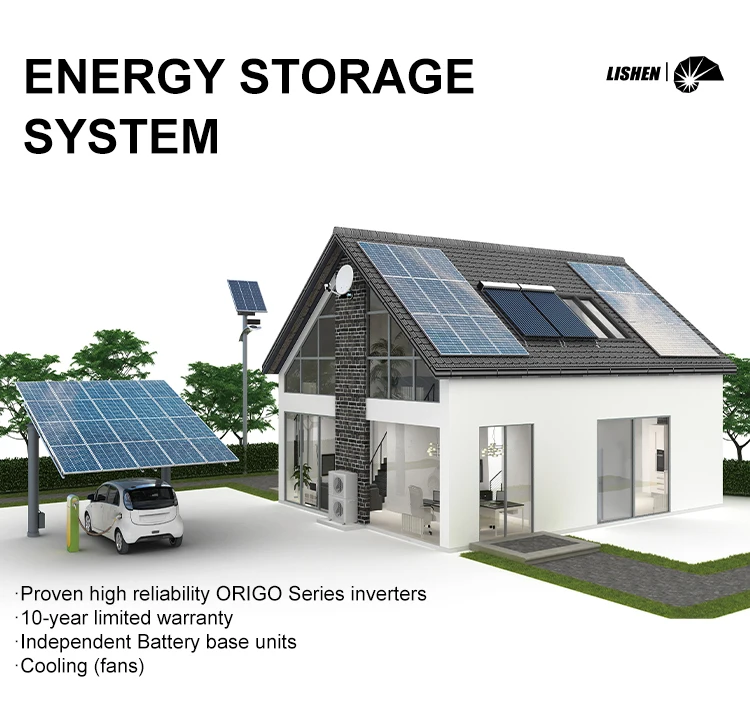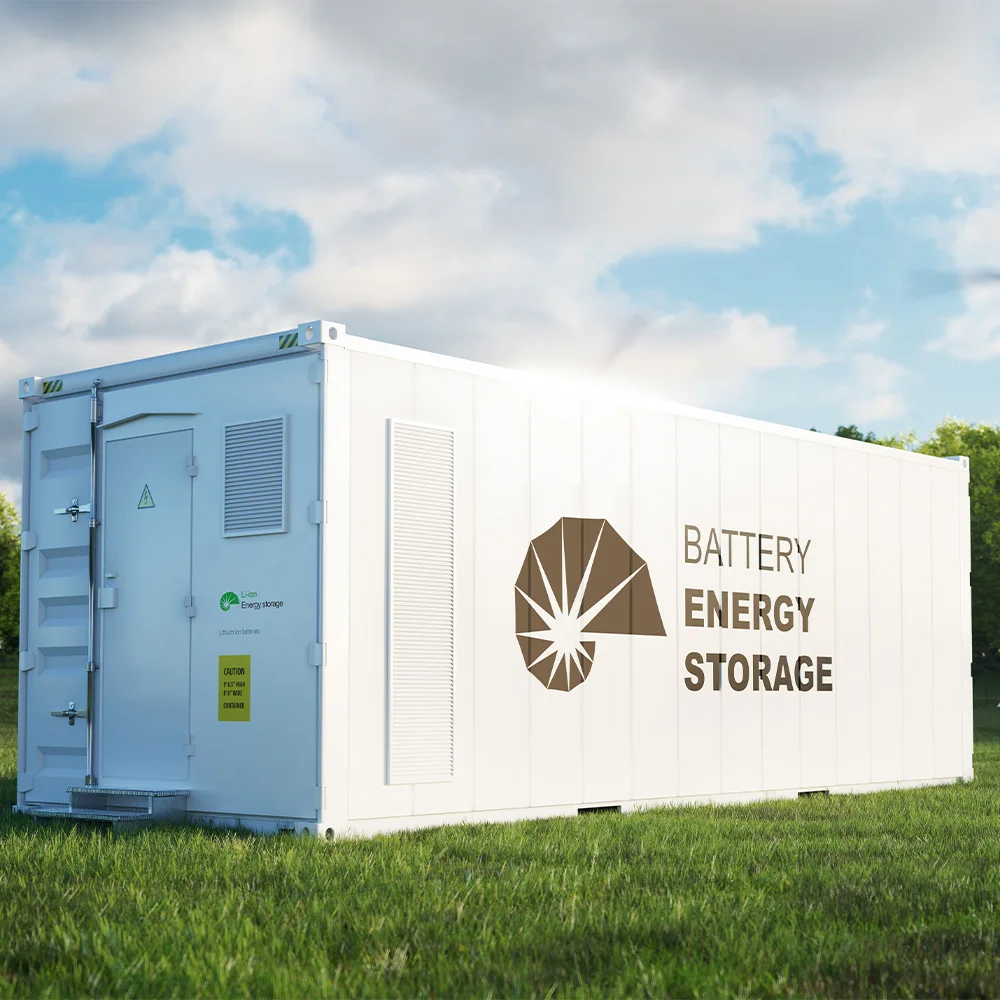Lithium-Ion Battery Care Guide
As the penetration rate of renewable energy continues to rise, the challenges to power system stability are becoming more severe. Energy storage systems have emerged as essential buffers coupling new energy with the grid. At the core of these systems lies the Energy Storage EMS (Energy Management System), not only responsible for daily dispatching tasks but also key to unlocking market participation, profit maximization, and system security in the future.
1. What is Energy Storage EMS?
Energy Storage EMS (Energy Management System for Energy Storage) is a specialized energy management platform designed for energy storage systems. It enables real-time monitoring, dispatch control, strategy execution, data analytics, and remote collaboration for storage operations.
In essence, EMS is an intelligent dispatch optimization system that integrates AI algorithms, power system logic, and automated control principles. It connects core system components including the battery BMS, PCS (Power Conversion System), grid interface, load-side equipment, and higher-level operation platforms.
2. Core Functional Modules of Energy Storage EMS
Real-Time Monitoring
Continuously collects key data such as voltage, current, power, SOC, SOH, and temperature with second-level refresh capability.Charge & Discharge Control
Automatically generates optimal power dispatch instructions based on electricity prices, load demand, and battery status.Battery Health Management
Tracks SOH, evaluates thermal runaway risks, and estimates battery lifespan through advanced analytics.Economic Optimization
Supports business models such as peak-valley arbitrage, capacity fee management, and spot market optimization.Grid Services
Responds to AGC/DCS instructions and provides ancillary services including frequency regulation, voltage support, and demand response.System Alarms & Safety Protection
Configures threshold alarms and triggers emergency protection mechanisms for over-voltage, over-current, abnormal SOC, and system trips.Remote O&M & Reporting
Enables centralized monitoring of multiple sites, fault diagnostics, historical traceability, and automated operation reporting.
3. Recommended Five-Layer Architecture of Energy Storage EMS
Device Access Layer
Interfaces with PCS, BMS, meters, fire systems, and communication modules.Protocol Parsing Layer
Supports industrial communication protocols including Modbus, IEC104, IEC61850, CAN, and MQTT.Edge Control Layer
Deployed on local servers or IPCs to ensure fast and responsive on-site execution of strategies.Optimization Layer
Embeds AI algorithms, rolling forecasts, and a dispatch engine for dynamic system optimization.Platform Service Layer
Provides centralized dispatch, unified configuration, remote management, and market transaction interfacing through the cloud.
Conclusion
In the evolving landscape of renewable energy and smart grid integration, Energy Storage EMS stands out as the control center of modern energy storage systems. Its technical capabilities and intelligent design play a pivotal role in ensuring operational reliability, economic efficiency, and grid-level flexibility.
For more information or cooperation inquiries, feel free to contact us







